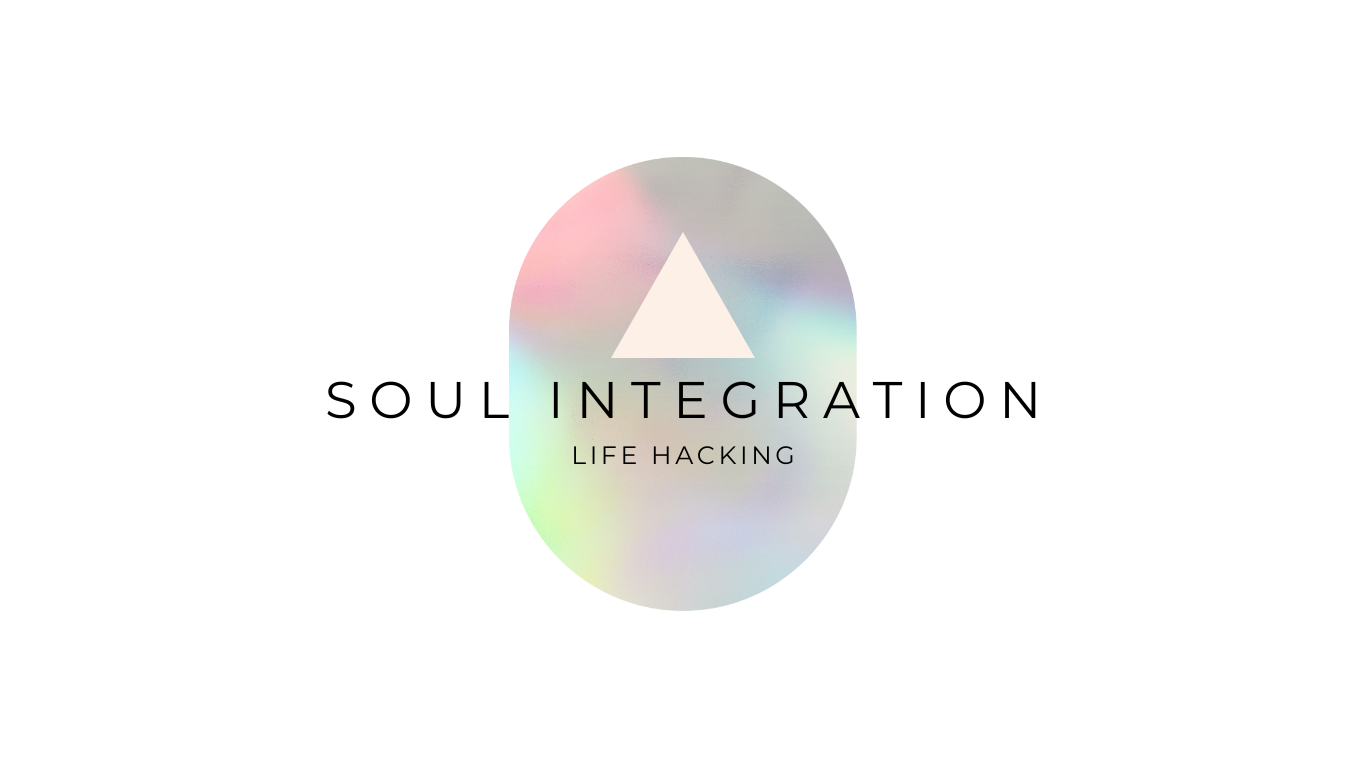The History and Evolution of Astrocartography: Finding your Ideal Place to Live.
Astrocartography is where astrology meets geography, a fascinating system that lets us see how planetary energies interact with specific locations on Earth. It’s a relatively modern practice with ancient roots, yet it owes its structure to one visionary: Jim Lewis. In the 1970s, Lewis revolutionized astrology with his creation of astrocartography, mapping the points on Earth where celestial influences are strongest in our lives. His system became the go-to for anyone seeking clarity about where to live, travel or even find love.
Earlier astrologers had explored elements of locational astrology, though it remained largely unstructured. Jim Lewis may have drawn inspiration from figures like Cyril Fagan, who delved into celestial mechanics and sidereal astrology, as well as from the mid-20th-century revival of traditional astrological methods.
What makes astrocartography so groundbreaking is its use of angularity. In astrology, planets gain prominence when they’re angular—on the Ascendant, Descendant, Midheaven or Imum Coeli. Angularity refers to the way planets exert their strongest influence when aligned with these key points in the sky. In astrocartography, these alignments are translated onto a global map, showing where each planet’s energy resonates most strongly for you. Lewis took this principle and mapped it onto a global scale. Imagine your birth chart stretched across the planet, with your personal planetary lines marking locations that hold unique energy for you. At the time of your birth, the position of every planet is recorded in relation to the Earth and the way these positions influence you can change depending on where you are in the world. This was Jim’s genius: turning a static chart into a dynamic, interactive map.
But the story doesn’t end there. Enter Bernard FitzWalter, who brought another layer of depth with his work on paran lines. Unlike Lewis’s system, which focuses on individual planetary angles, FitzWalter highlighted the power of parans—when two planets are simultaneously angular at a specific location. Parans weave a richer, multidimensional tapestry of planetary energy. While astrocartography tells us where planetary forces resonate, parans show us how these energies interact, creating a more nuanced narrative about our connection to place.
Astrocartography owes much to the past too. The idea of mapping celestial events onto the Earth isn’t new—it harks back to the ancient paranatellonta of Babylonian and Hellenistic astrology, where rising and setting stars were connected to earthly events. As Lewis once said, “Astrology is not just about time—it’s about space too.” That space, the one we inhabit, becomes a reflection of our cosmic blueprint.
The beauty of astrocartography lies in its blend of the scientific and the mystical, the personal and the universal. Whether you’re chasing career success, adventure or a healing respite, it’s a tool that connects you to the world in an entirely and exciting new way.
From Jim Lewis’s groundbreaking maps to Bernard FitzWalter’s deeper layers with paran lines, this practice shows us how location can influence the way we live, love, and grow. It’s like having a guide that points you toward the places where life might feel just a little more aligned. Whether you’re thinking of moving, planning a trip or just curious about where you might thrive best, astrocartography offers a unique and fun way to explore the world—and yourself.

